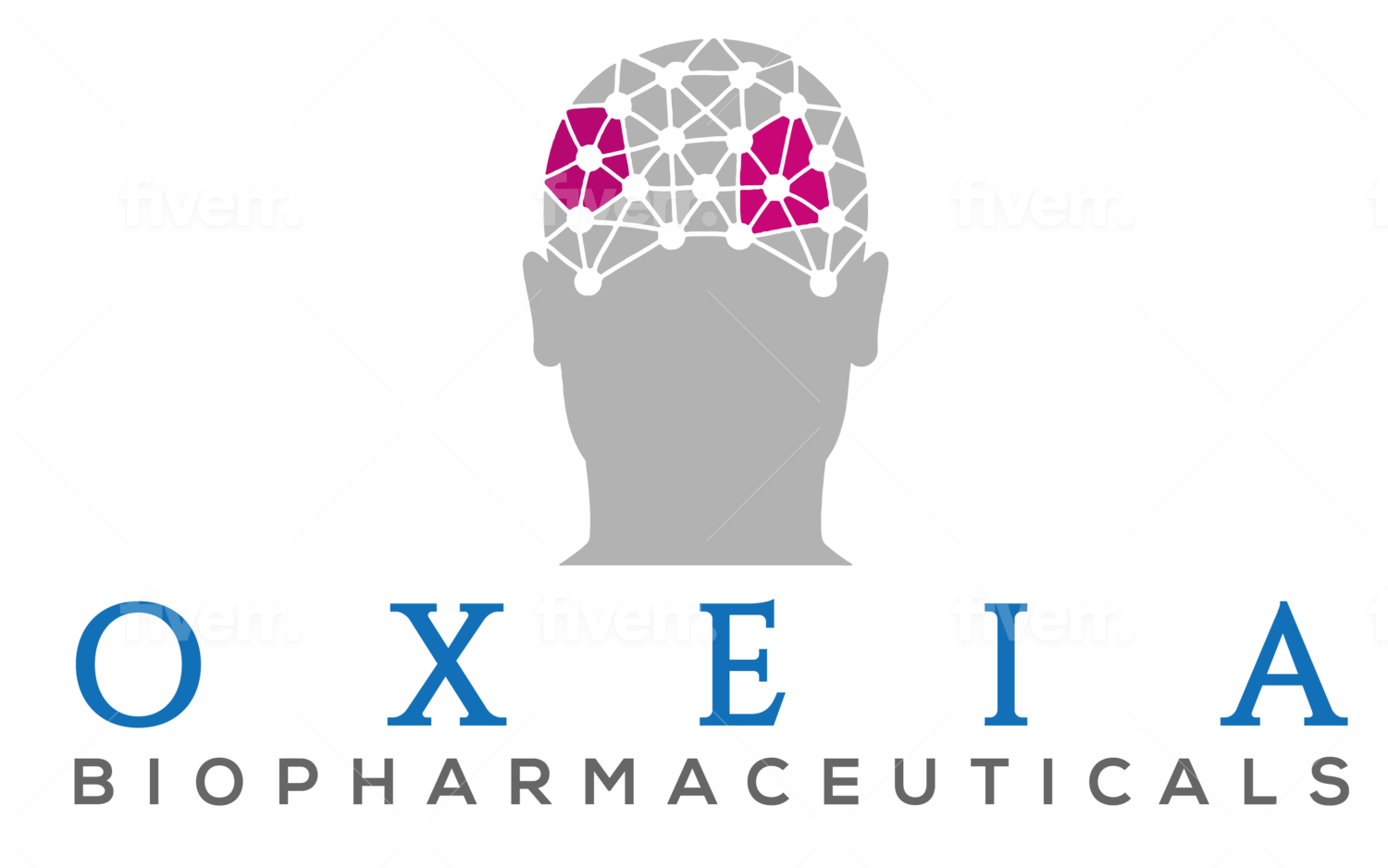Keeping Your Summer Fun and Safe: What to Know About Concussion
June 21st marked the first day of summer 2022. Summer is a time for outdoor fun and recreation for people of all ages. It’s also a time when hospital emergency rooms see an increase in the number of concussions from those same recreational activities, including bicycling, swimming, diving, rollerblading, skateboarding, ATVs and sports.
Despite the increased risk of concussion in the summer, staying active is important at all ages and stages of life. Having a safe and healthy summer starts by educating yourself about:
- safety precautions,
- how to avoid undue risk,
- signs of a concussion or other traumatic brain injuries, and
- when to seek treatment for yourself, a friend or a family member.
Safety precautions and avoiding undue risk will depend upon a number of factors, such as the activities and the ages and experience level of participants. Precautions include, but are not limited to, wearing a properly fitting helmet, obeying traffic signs and signals when bicycling, skateboarding or rollerblading; participating in age-appropriate sports and recreational activities; avoiding diving in shallow water or water where you don’t know the depth; and following the rules for sports, recreational activities and equipment that are there to keep you safe.
How do you know if you’ve had a concussion?
Even when you take precautions to avoid injury, concussions can still occur. A concussion may result from a bump, blow a jolt to the head. When this happens the human brain literally bounces around inside the skull. Sometimes nerve cells can be twisted or even sheared. Not all blows to the head result in a concussion, which is also known as a mild traumatic brain injury (mTBI.)
While a concussion can cause you to lose consciousness, most people do not. Most people also recover from symptoms of a concussion in a matter of days or several weeks, but up to one third of concussion patients do not fully recover from their concussions. Concussion symptoms include chronic headaches, depression, problems with thinking and memory, vision and balance issues, and sleep disorders.[1]
What do you do if you suspect a concussion was sustained?
Because the symptoms of a concussion can be subtle, it’s critical that you and those around you can recognize the signs and get the medical care needed following injury. If you suspect that you, a friend or someone in your care sustained a concussion, contact a health provider as soon as possible. If any of the following danger signs are present, the Centers for Disease Control directs to seek emergency care immediately:
- have a headache that gets worse and does not go away,
- experience weakness, numbness, decreased coordination, convulsions, or seizures,
- vomit repeatedly,
- have slurred speech or unusual behavior,
- cannot recognize people or places,
- get confused, restless, or agitated,
- lose consciousness, and
- look very drowsy or cannot wake up.
For children the danger signs include all of the above, as well as:
- will not stop crying and
- are inconsolable and will not nurse or eat.[2]
Your primary care or the emergency department doctor will provide post-concussion evaluation and neurological and cognitive testing. Brain imaging, overnight hospitalization for observation and/or referrals to specialists may follow the initial medical evaluation. There is no one size fits all for concussions. Concussion care requires a personalized treatment plan which may be adjusted throughout the course of your treatment.
A final takeaway for the summer
Have fun, stay safe and take any bump, blow or jolt to the head seriously.
[1] https://www.mayoclinic.org/diseases-conditions/concussion/symptoms-causes/syc-20355594
[2] https://www.cdc.gov/traumaticbraininjury/concussion/symptoms.html#danger-signs
